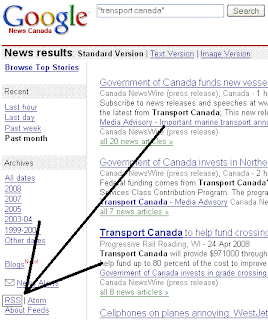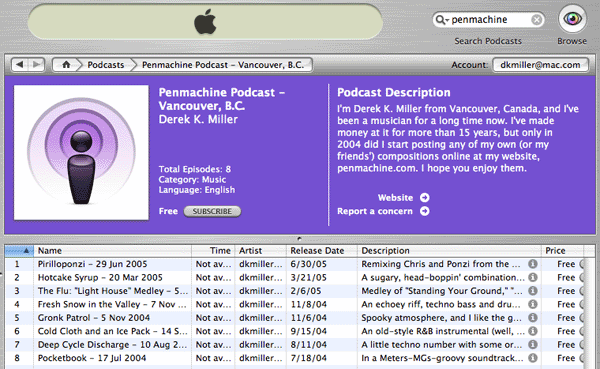Another
article in the newspapers about Canada's top Civil Servant, Privy Council Office Clerk
Kevin Lynch gave another exclusive presentation about the state of the Canada's public service (it's aging, still, and will retire, in droves). The article writes that Lynch "has taken to regularly meeting with small groups in an effort to provide a glimpse of what the government is working on".
I'm not sure how it helps that Canada's top civil servant is talking to small groups, including the media, to disseminate his message to the masses
when he can very well do it himself with a very basic blog. With a blog, the media, public servants, and the whole public can get the message directly, instead of filtered through a journalist's assessment and recollection and interpretation of the events.
I know that Lynch can get his message out, with his
online index of speeches on his PCO Clerk website, but this isn't the same. I was at a meeting two months ago where a consortium of universities were presenting how they plan to get the government of Canada up to speed on Web 2.0 Collaborative tools, by showing their own progress among - themselves. My response at the meeting was that what has worked in the academic sphere may not and likely will not work in the government sphere. Canada's public service has a much different culture, in Academia information is freely shared, undergo rigorous review and practice. In the public service, information is horded, protected, and developed anonymously. Not to say there isn't any potential for Canada's public service, but the cultural barriers need to be broken down first
before we consider the tools and platforms.
I indicated that direction from the top, Kevin Lynch, should enable us to get on the path of becoming
less risk averse with our information hording and more
risk managed with our information sharing. I pointed to Kevin Lynch's (at the time)
latest speech where he said:
"[The] 'gotcha' mentality in the press and at times in Parliament, where error free government, not risk management by government, has become the benchmark for success or failure...Innovation in public policy thinking and in public service delivery is not possible without risk taking, where success is not always guaranteed nor failure precluded...More of the solution lies with attitudes towards risk taking in the public service by the public, press, Parliament, and government."
I think this is a very important citation. I said if we were going to finally be about information-sharing, maybe we could start with Kevin Lynch having at least RSS feeds on his speeches and reports, so I don't need to keep checking every 2 days for new content, and that his speeches or reports should be in a blog format, or allow for commenting (that are moderated of course). The response to this was not favorable, as some in the room who actually have worked in the past with the current and past PCO clerks voiced that they "were unsure just how successful that would be" and the idea failed.
After the meeting two analysts from PCO said I hit the nail right on the head at capturing what "Mr. Lynch" was saying in his speech. I guess his message just isn't getting out there to the people outside his office who need to know most. Like the people who were around that table discussing the possibilities of collaborative software in the government.
Why doesn't Kevin Lynch have a blog (or even an RSS feed)? This boggles me as certainly he would be able to get his message out more effectively.
While he continues to giving "small groups a glimpse of what the government is working on"
other small groups will continue to discuss how they're going in another direction from where he's going, until they can find out from him and not what they can perchance gleen from an article they come across from the Globe & Mail. And I'll have to rely on outlets of the media (like the Globe & Mail) to inform me how Lynch is going about his renewal of the public service.
 (leading link). This is an interesting way to go about planning - the mock up. Instead of working meticulously for each technology to be enabled in an organisation (RSS, blogging, a portal, the webpages, a CMS...), a mock-up of how the organisation would look like for its clients/citizens can help set the destination, and then chart the signposts along the way to achieve it. Brilliant.
(leading link). This is an interesting way to go about planning - the mock up. Instead of working meticulously for each technology to be enabled in an organisation (RSS, blogging, a portal, the webpages, a CMS...), a mock-up of how the organisation would look like for its clients/citizens can help set the destination, and then chart the signposts along the way to achieve it. Brilliant.



